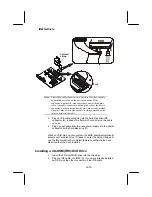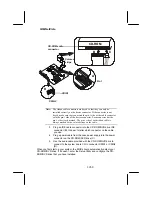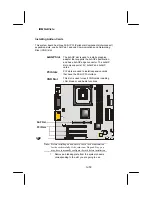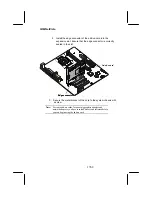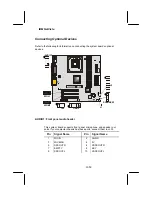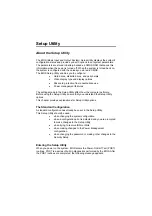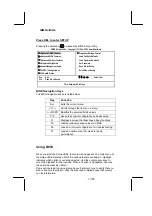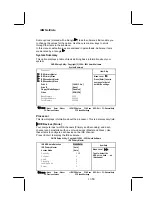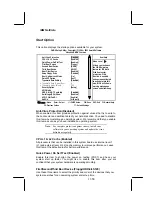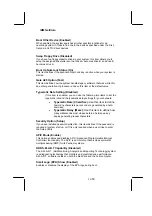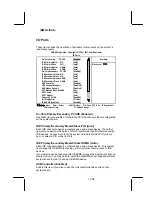
IBM NetVista
I/O Ports
These items define the operation of peripheral components on the system's
input/output ports.
CMOS Setup Utility – Copyright (C) 1984 – 2001 Award Software
I/O Ports
Item Help
On-Chip Primary PCI IDE
[Enabled]
IDE Primary Master PIO
[Auto]
IDE Primary Slave PIO
[Auto]
IDE Primary Master UDMA
[Auto]
IDE Primary Slave UDMA
[Auto]
On-Chip Secondary PCI IDE
[Enabled]
IDE Secondary Master PIO
[Auto]
IDE Secondary Slave PIO
[Auto]
IDE Secondary Master UDMA
[Auto]
IDE Secondary Slave UDMA
[Auto]
USB Controller
[Enabled]
USB Keyboard Support
[Disabled]
USB Mouse Support
[Disabled]
PS2 Mouse Always Enabled
[No]
AC97 Audio
[Auto]
AC97 Modem
[Auto]
Onboard PCI LAN
[Enabled]
Init Display First
[PCI Slot]
IDE HDD Block Mode
[Enabled]
Menu Level
↑
↓
→
←
: Move
Enter : Select
+/-/PU/PD:Value:
F10: Save ESC: Exit F1:General Help
F5:Previous Values
F7: Default Settings
On-Chip Primary/Secondary PCI IDE (Enabled)
Use these items to enable or disable the PCI IDE channels that are integrated
on the system board.
IDE Primary/Secondary Master/Slave PIO (Auto
)
Each IDE channel supports a master device and a slave device. These four
items let you assign which kind of PIO (Programmed Input/Output) is used by
IDE devices. Choose Auto to let the system auto detect which PIO mode is
best, or select a PIO mode from 0-4.
IDE Primary/Secondary Master/Slave UDMA (Auto)
Each IDE channel supports a master device and a slave device. This system
board supports UltraDMA technology, which provides faster access to IDE
devices.
If you install a device that supports UltraDMA, change the appropriate item on
this list to Auto. You may have to install the UltraDMA driver supplied with this
system board in order to use an UltraDMA device.
USB Controller (Enabled)
Enable this item if you plan to use the Universal Serial Bus ports on this
system board.
38/
53

